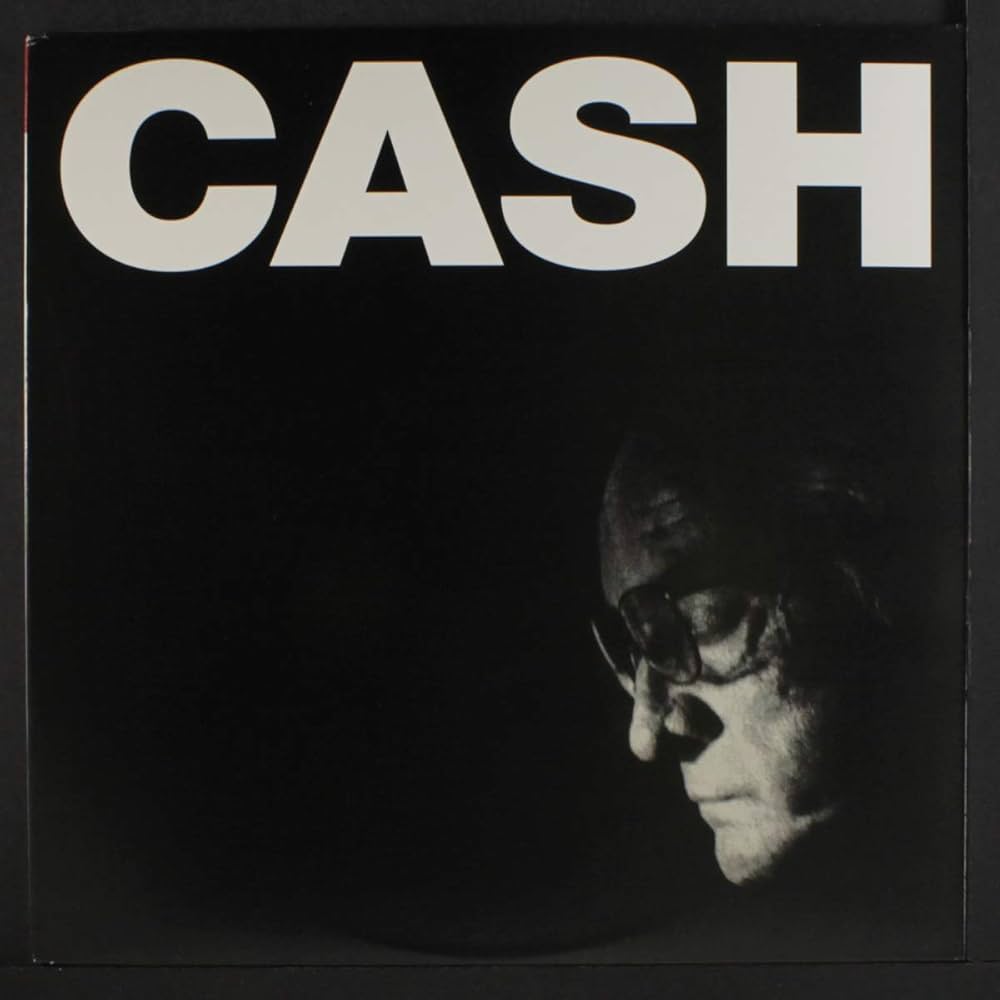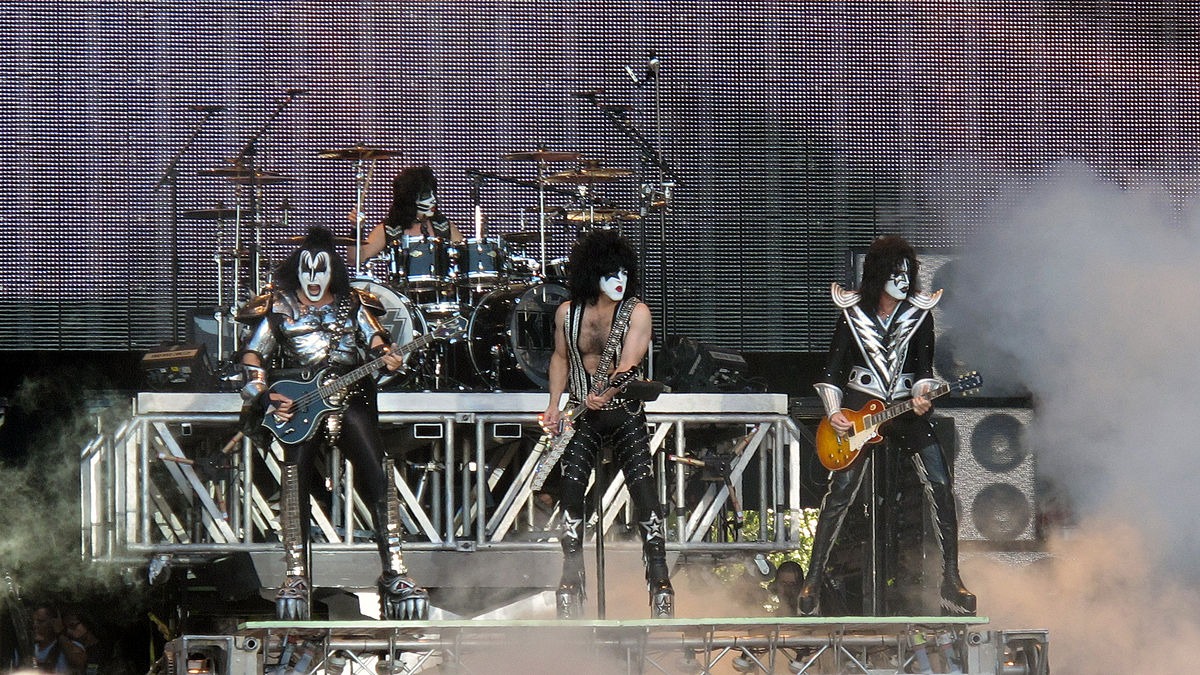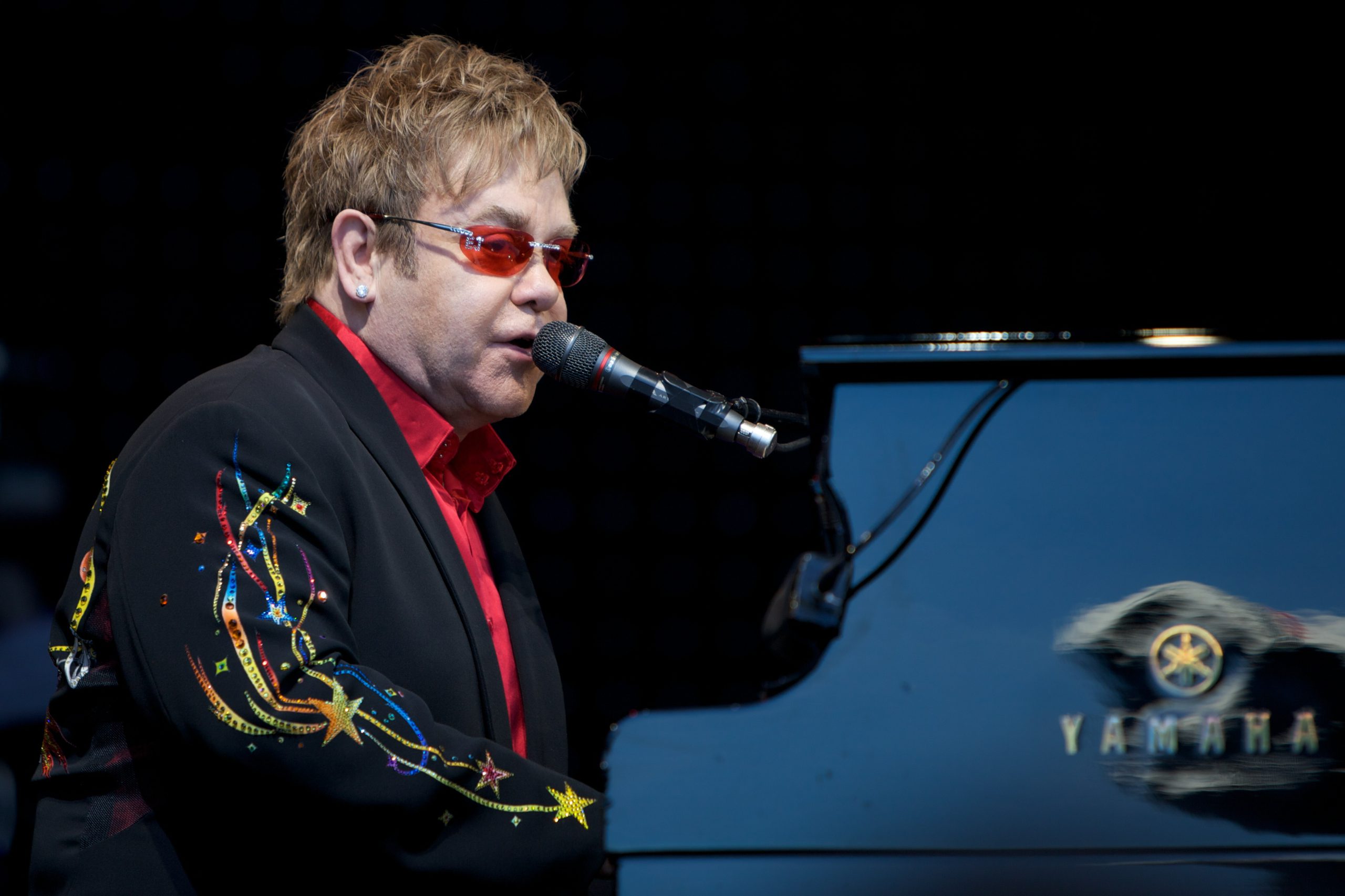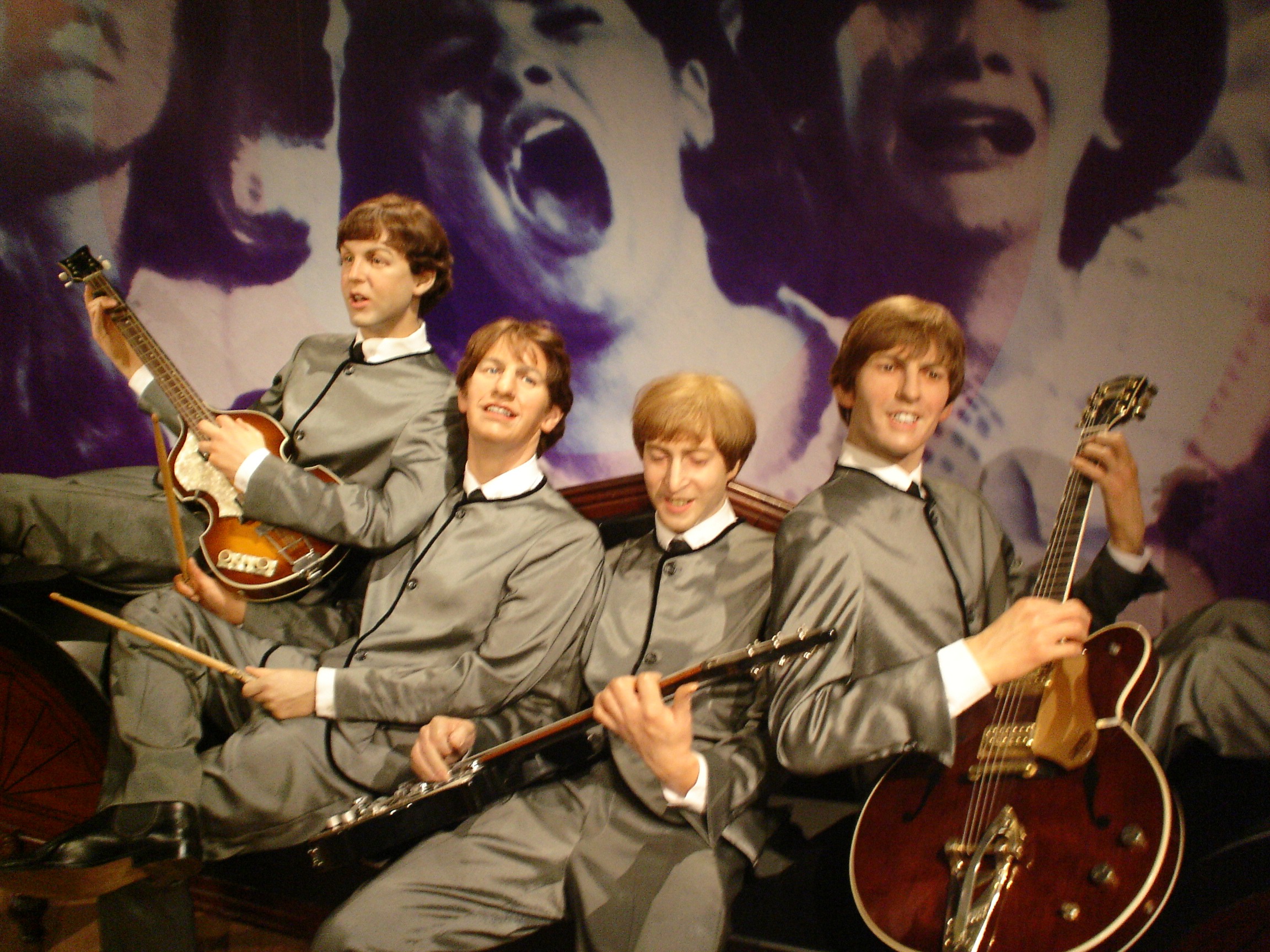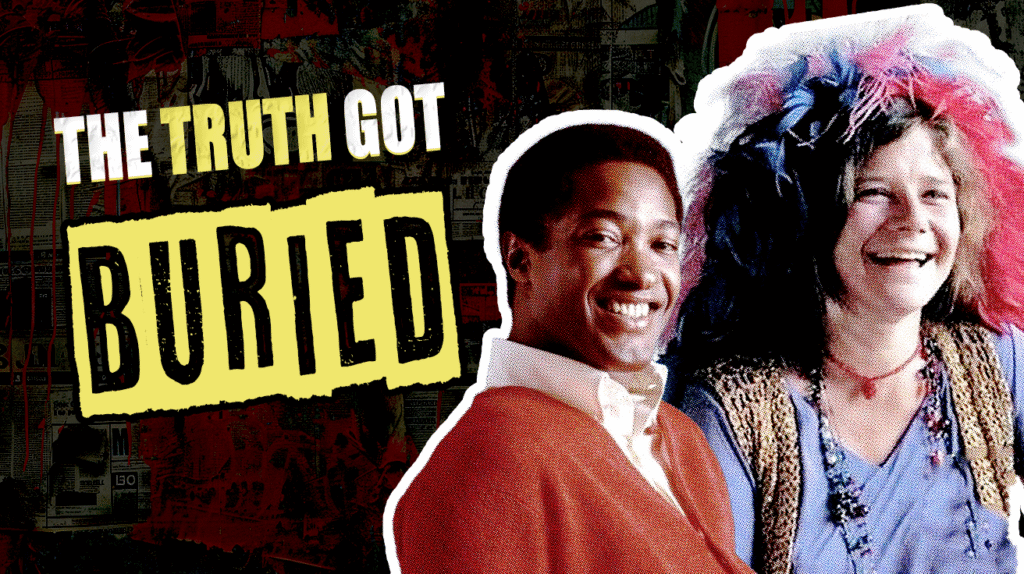
The 1960s music scene was revolutionary, like a cultural big bang that’s still expanding today. From folk anthems that armed protesters with melody to psychedelic explorations that rewired consciousness, this era fundamentally altered our sonic DNA.
Folk singers became prophets, rock stars transformed into shamans, and soul artists redefined emotional expression for generations to come. Alongside this creative explosion came devastating losses—brilliant flames extinguished mid-blaze, leaving us to forever wonder what might have been. These artists whose careers ended too soon continue echoing across today’s musical landscape, their absence as powerful as their presence.
18. Patsy Cline
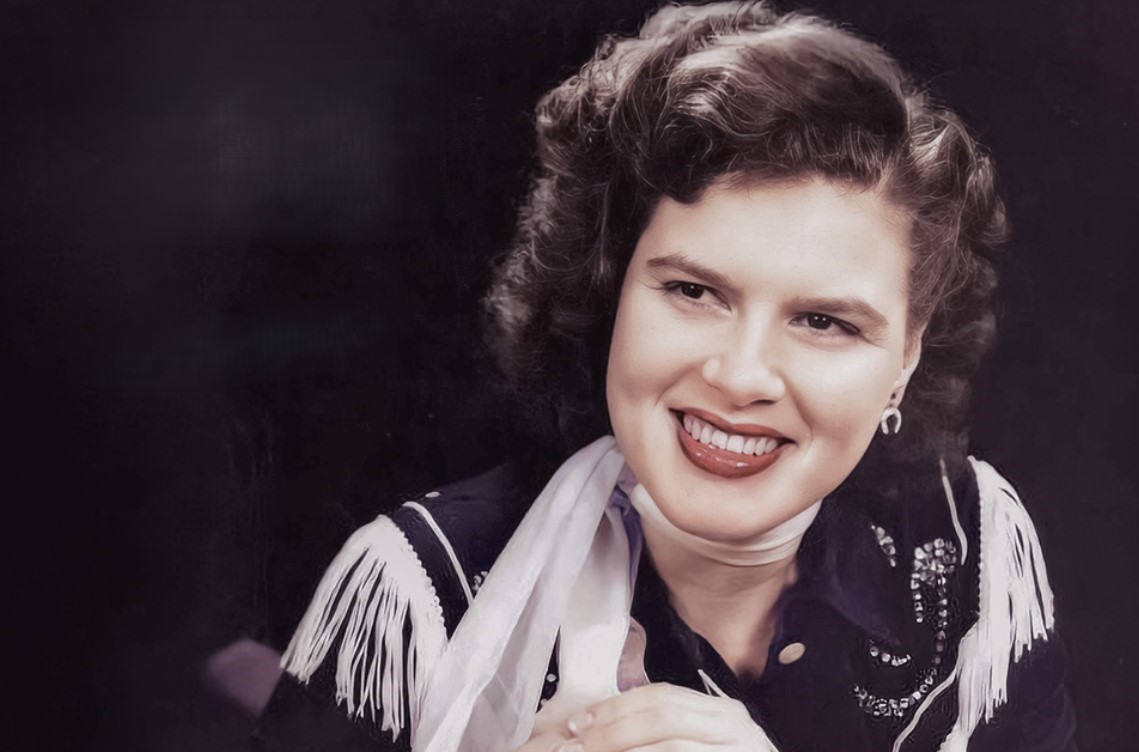
Death couldn’t keep Patsy Cline down—until it finally could. Years earlier, she survived a car accident that should have ended everything, but instead conquered both country and pop charts with a voice that wrapped around heartbreak like an old friend.
Her renditions of “Crazy” and “I Fall to Pieces” became emotional templates that artists still study today. She kicked open doors in a male-dominated industry with combat boot subtlety, bringing country sensibilities to mainstream pop while maintaining absolute artistic integrity.
17. Eddie Cochran
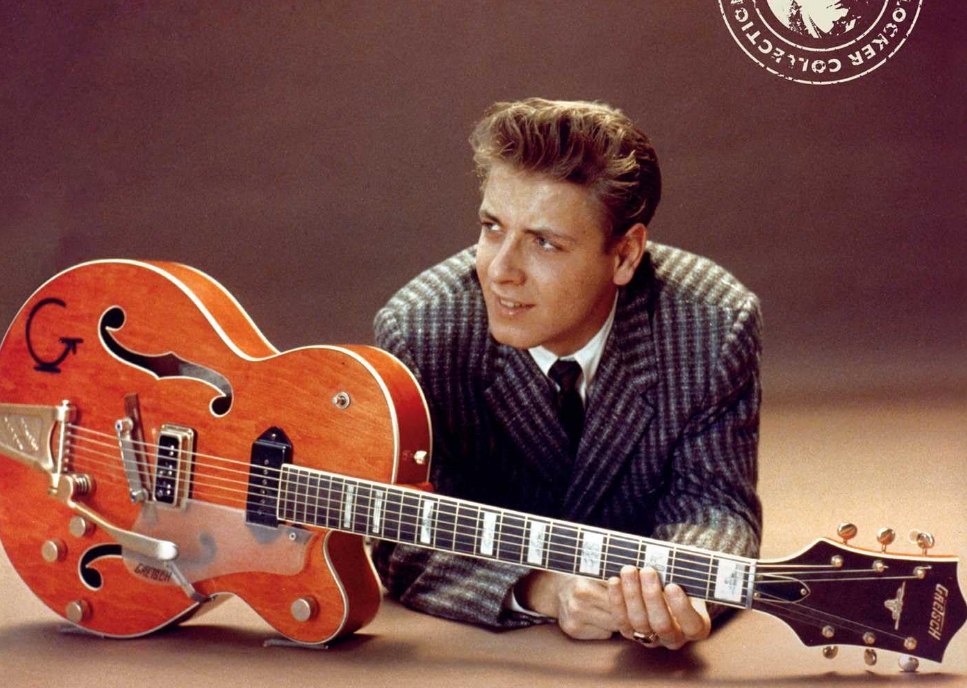
If you’re looking for the prototype of teenage rebellion, Eddie Cochran wrote it in three chords and attitude. His urgent guitar work on “Summertime Blues” wasn’t just playing—it was prophecy, forecasting rock’s future while the genre was still in its infancy.
Cochran’s final act at 21 spoke volumes about his character beyond any song he ever recorded, echoing the wild stories and wild industry rumors that continue to swirl around legendary musicians. As the taxi carrying him crashed in England in 1960, he threw himself across his fiancée to shield her from impact, his protection saving her life while claiming his own.
16. Otis Redding
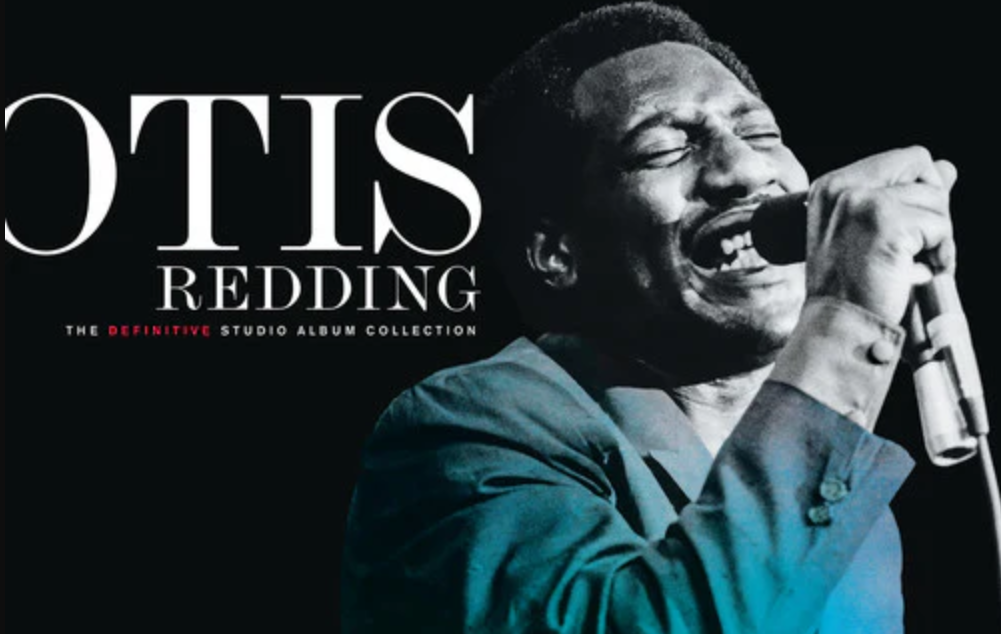
The Monterey Pop Festival needed a soul revelation—Otis Redding delivered it with thunderous authority. His 1967 performance redefined what soul music could accomplish, introducing white audiences to the full power of Southern soul through sheer vocal force.
His plane plunged into a Wisconsin lake on December 10, 1967, at just 26, with “(Sittin’ On) The Dock of the Bay” still unreleased. That posthumous hit, with its whistled coda floating like a ghost note across time, embodies one of music’s cruelest ironies.
15. Sam Cooke
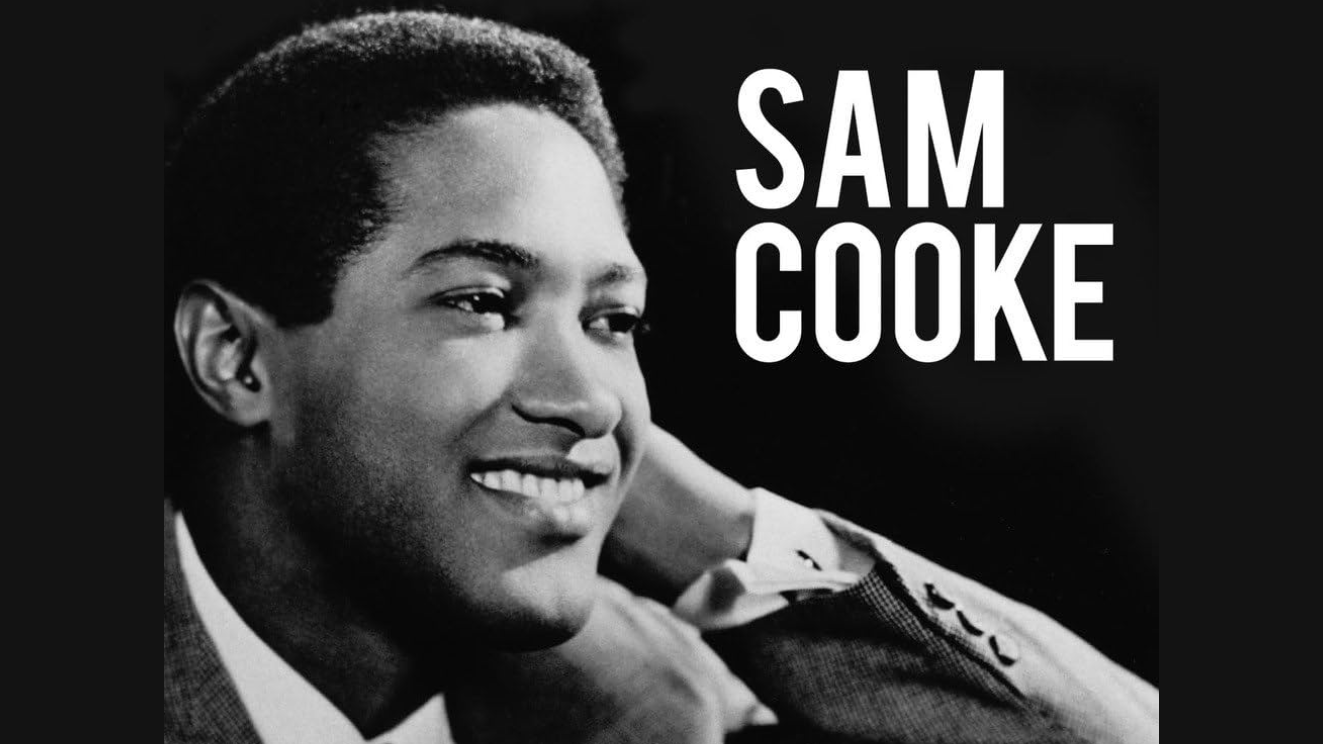
Artist autonomy was nearly impossible for Black performers in the 1960s, but Sam Cooke fought the system and won—temporarily. His journey from gospel to soul created roadmaps for artistic evolution, while hits like “You Send Me” and “A Change Is Gonna Come“ showcased his ability to craft both perfect pop and profound social commentary.
Beyond performing, he built infrastructure, founding his own label for proper artist control. His murder on December 11, 1964, at 33, remains clouded in contradictions that time hasn’t resolved.
14. Janis Joplin
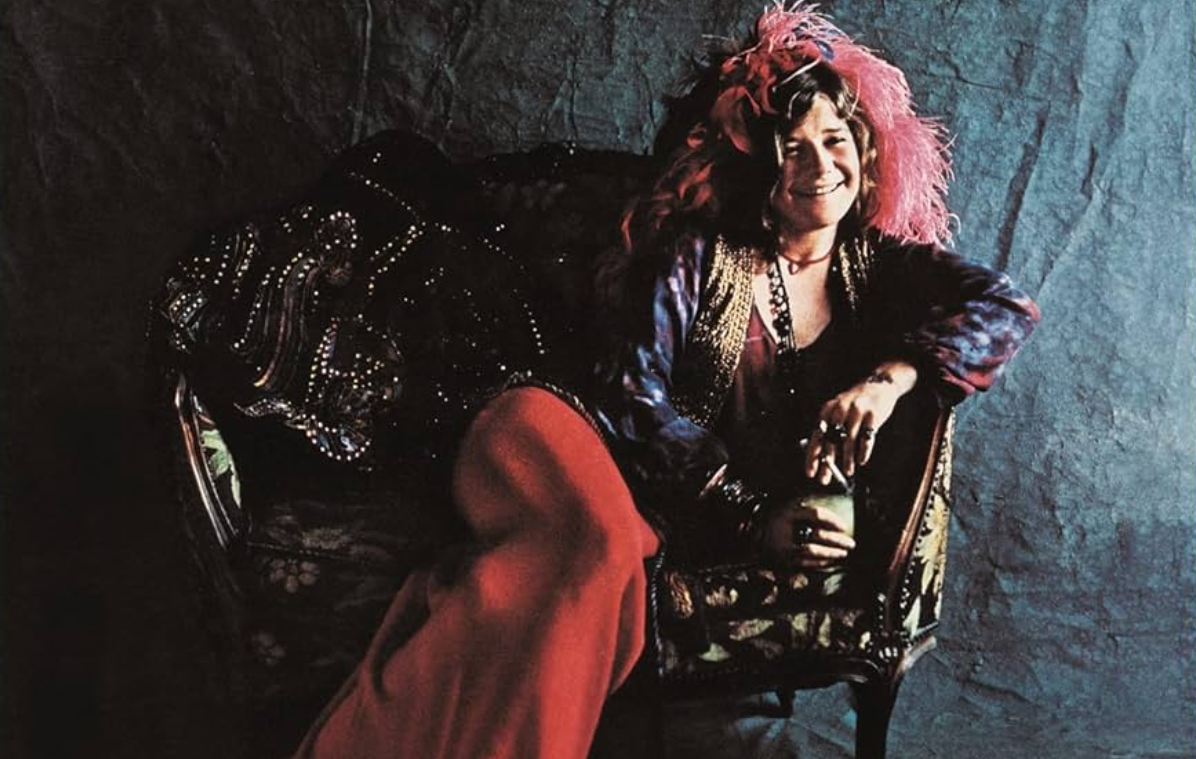
Female vulnerability became a superpower when Janis Joplin converted pain into transcendent art. Performances turned into amplified catharsis, her raspy wail tearing through “Piece of My Heart” and “Me and Bobby McGee” with such raw authenticity that audiences couldn’t help but feel exposed to their own vulnerabilities.
Connection came through unfiltered emotional honesty in an era when female performers were expected to be polished and palatable. Her overdose on October 4, 1970, at 27, robbed the world of a revolutionary who’d proven vulnerability trumped perfection.
13. Jimi Hendrix
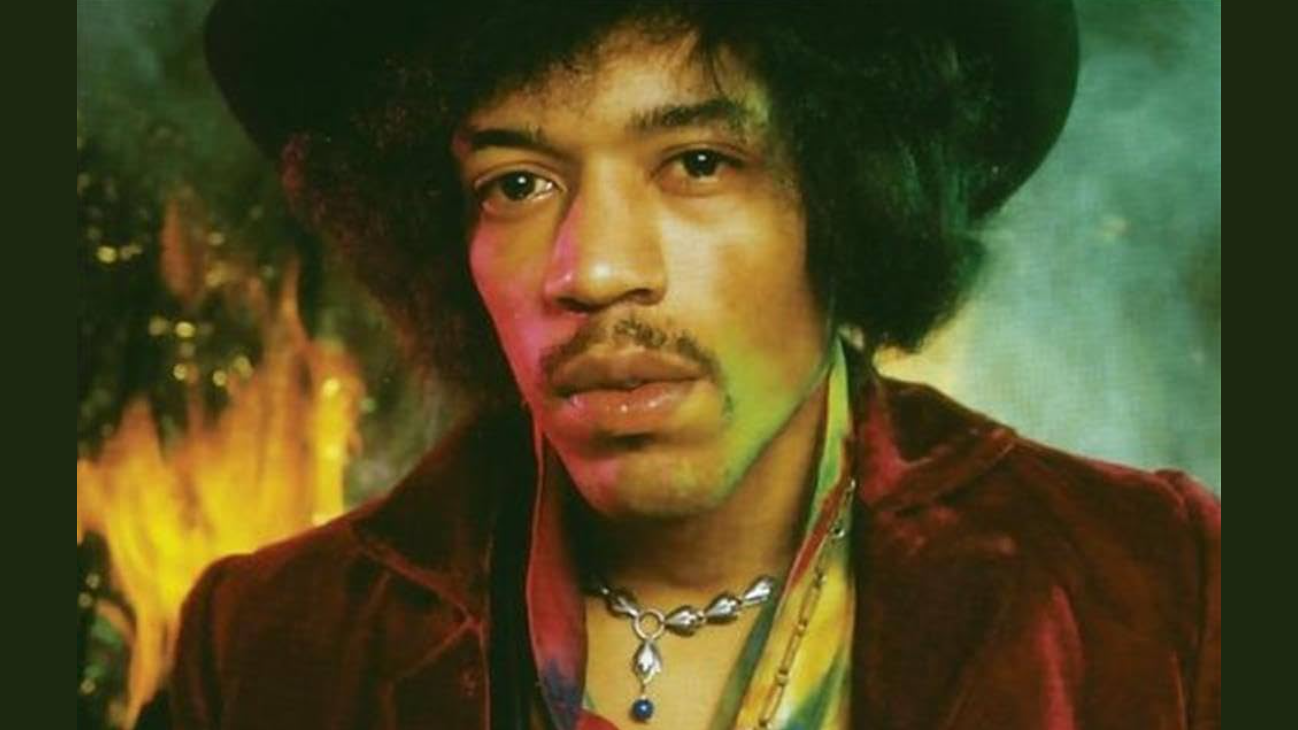
Guitar limitations vanished the moment Jimi Hendrix picked up a Fender Stratocaster. Feedback evolved into art under his fingers, standard tuning became merely one option among infinite possibilities, and simple riffs evolved into complex soundscapes that revealed new dimensions with each listen.
His Woodstock rendition of the Star-Spangled Banner remains the most eloquent instrumental political statement ever recorded. His death on September 18, 1970, at 27, ended rock’s most fearless sonic exploration while cementing his status as electric guitar’s ultimate liberator.
12. Brian Jones
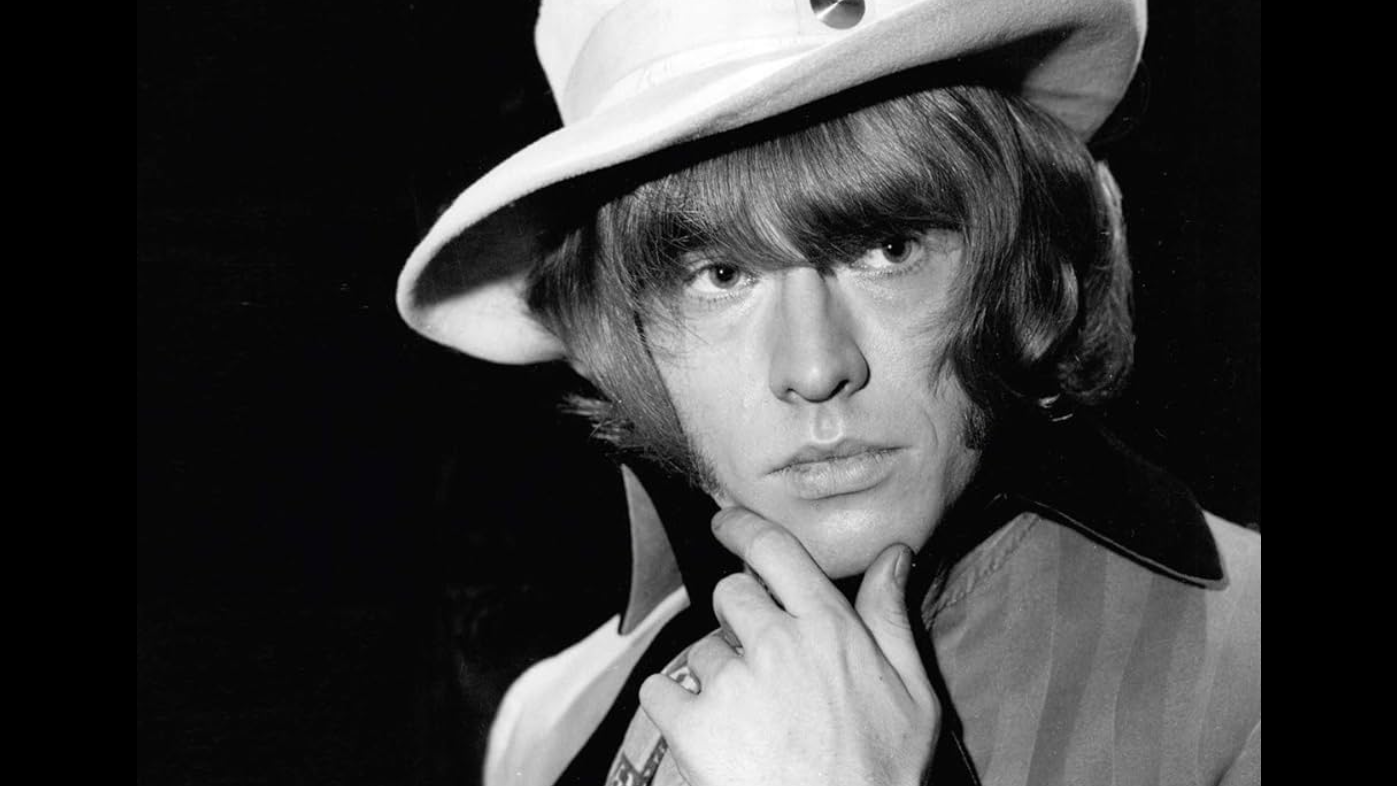
The Rolling Stones’ dangerous edge died with Brian Jones in 1969. He mastered multiple instruments when most rockers barely handled one, infusing the Stones’ early sound with authentic blues sensibility while his velvet jackets and mod swagger completely defined their visual aesthetic.
After his departure from the group, something essential vanished from their chemistry forever—like removing a crucial ingredient from a perfect recipe. Found at the bottom of his swimming pool in July 1969 at 27, the official ruling of misadventure never quite silenced persistent rumors of foul play.
11. Jim Morrison
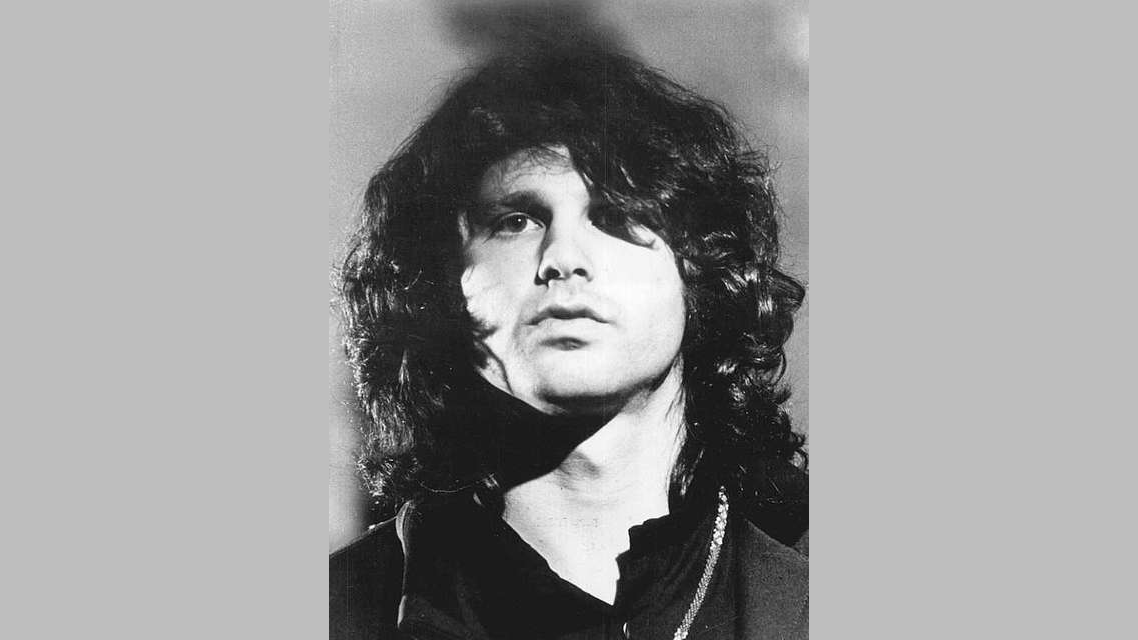
Concert venues morphed into spiritual battlegrounds whenever Jim Morrison took the stage. The Doors created hits like “Light My Fire” and “Riders on the Storm” that balanced commercial appeal with literary depth perfectly, proving that intelligence and accessibility weren’t mutually exclusive in rock.
Performances unraveled into either transcendent brilliance or chaotic disaster—sometimes both simultaneously during single shows. His 1971 Paris death at 27, shrouded in mystery due to no autopsy, ensured his final moments would remain as cryptic as his most enigmatic lyrics.
10. Tammi Terrell

If you’ve ever felt uplifted by a perfect harmony, thank Tammi Terrell’s radiant voice. Her duets with Marvin Gaye weren’t just recordings but perfect emotional conversations where two voices became one unified expression of love, longing, and hope against life’s hardships.
Classics like “Ain’t No Mountain High Enough” showcased her ability to balance vulnerability with strength effortlessly. She collapsed in Gaye’s arms during a 1967 performance, beginning a three-year battle with brain cancer that ended in March 1970 at just 24, devastating both performers and fans alike.
9. Cass Elliot
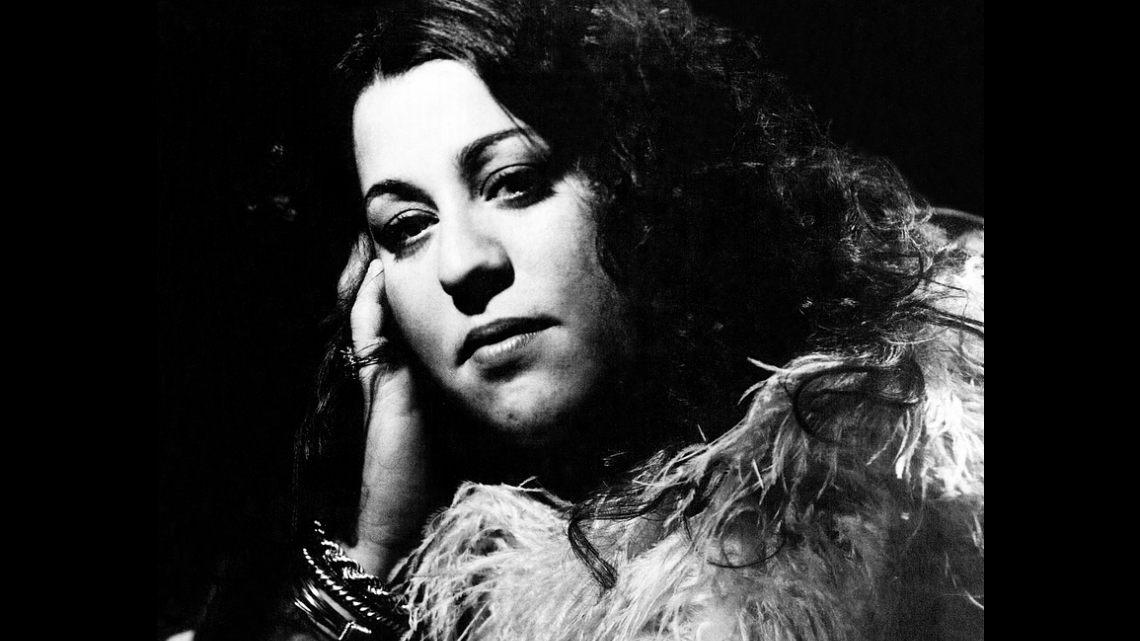
Body positivity needed a pioneer in the 1960s—Cass Elliot became one through pure vocal brilliance. With The Mamas and the Papas, she helped craft sonic comfort food like “California Dreamin’” and “Monday Monday,” her harmonies adding essential texture to the group’s folk-rock innovations that established an entire generation’s soundtrack.
Larger-than-life personality embodied radical self-acceptance in an era obsessed with conformity. Heart failure took her in July 1974 at 32, though cruel rumors about choking on food overshadowed the truth of her sudden passing in her sleep.
8. Rudy Lewis

The Drifters hit their creative peak when Rudy Lewis brought velvet smoothness to urban soul. He elevated classics like “Some Kind of Wonderful,” “Up on the Roof,” and “On Broadway” from mere pop songs to enduring standards that shaped an entire era of American music.
Found dead in his Harlem apartment on May 20, 1964, at 27, the circumstances remain unclear—drug overdose was initially suspected, though some reports suggest heart attack. His loss created a void in doo-wop and early soul that subsequent decades haven’t filled, his contributions often overlooked despite their cultural resonance.
7. David Ruffin
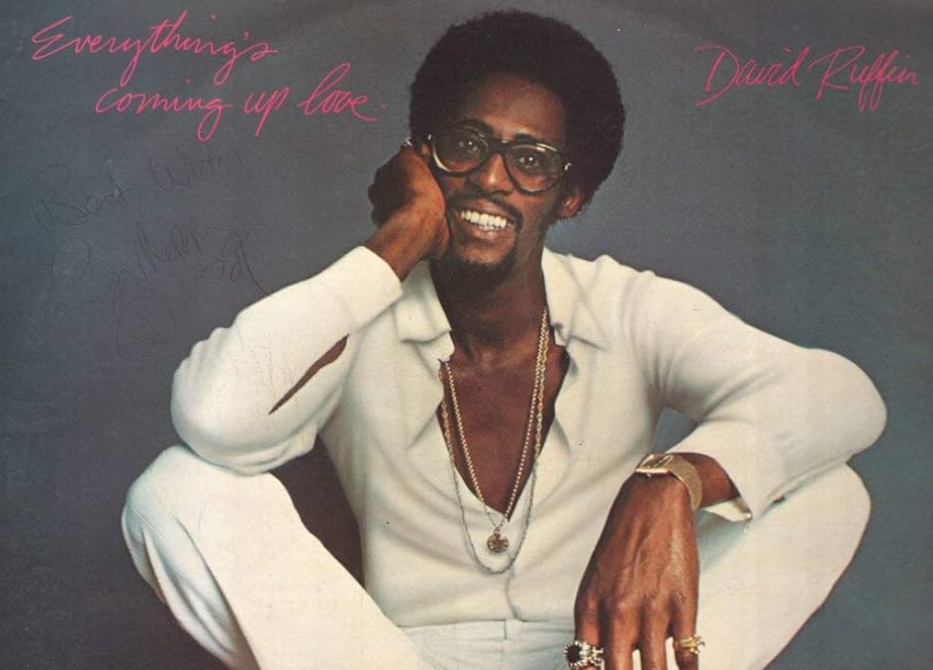
Microphones became pulpits when David Ruffin stepped up to testify. His voice propelled The Temptations to superstardom, with his lead on “My Girl” creating one of Motown’s defining moments that still soundtrack weddings and romantic moments across generations.
Bold stage presence and distinctive vocal approach elevated their performances from entertainment to emotional experience. Fame brought struggles that eventually consumed him completely, addiction leading to his collapse in a Philadelphia crack house and subsequent overdose death in 1991 at 50.
6. Arthur Lee
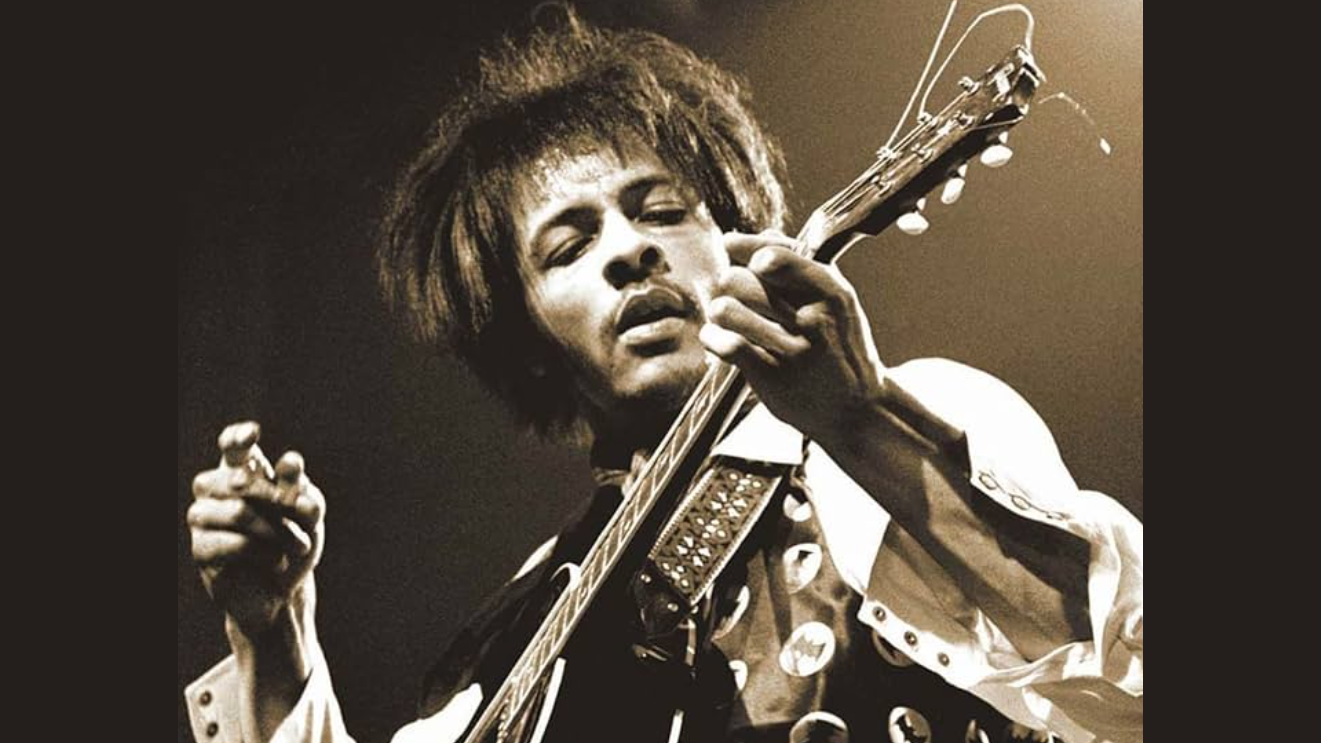
Time means nothing when you’re listening to Arthur Lee’s “Forever Changes”—the album exists outside all eras. He created sonic landscapes that felt both ancient and futuristic, a masterpiece that critics consistently rank among the greatest albums ever made despite its commercial obscurity.
Concerts mixed artistic precision with unpredictable volatility, brilliance with chaos in equal measure that kept audiences on edge. Leukemia claimed him in 2006 at 61, ending one of music’s most visionary careers while ensuring each new generation discovers his work like archaeologists unearthing lost treasures.
5. Steve Marriott

Small stature, massive voice—Steve Marriott proved that rock power comes from within. Small Faces created psychedelic pop gems like “Itchycoo Park” and “Tin Soldier” before he formed Humble Pie and recorded hard rock classics like “30 Days in the Hole,” showcasing remarkable versatility across genres.
These works fundamentally altered British rock’s DNA, seeding everything from Led Zeppelin to Oasis with their combination of power and melody. It was a testament to how some rock bands’ sound remains steadfastly iconic through the years.
A house fire claimed him on April 20, 1991, at 44, extinguishing a talent that had helped ignite multiple musical revolutions across two decades.
4. Jay Reatard
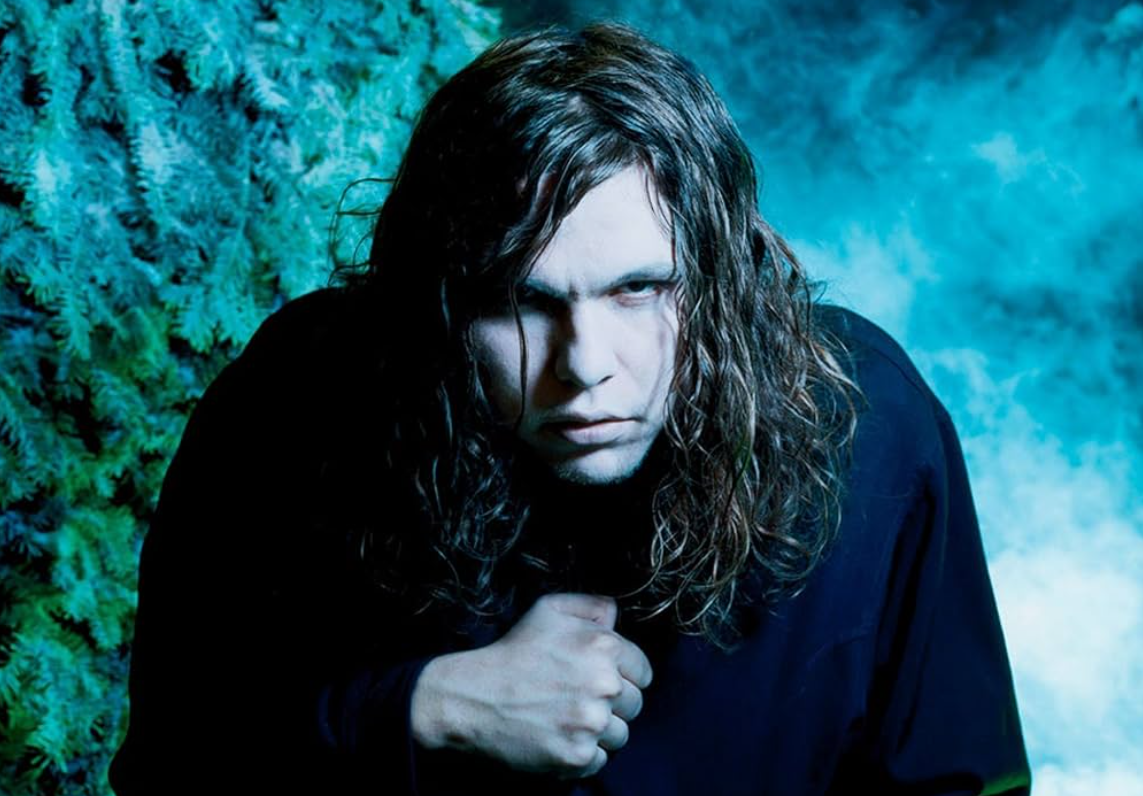
If you’re seeking authentic rock spirit in the digital age, Jay Reatard channeled decades of garage punk purity. His feral blend of garage rock and punk captured earlier pioneers’ essence while adding contemporary urgency that spoke to new generations discovering rebellion through amplified guitars.
Short, sharp songs and electric performances shared spiritual DNA with artists like Hendrix, proving that maximum impact required minimal pretension. Cocaine toxicity complicated by alcohol ended his life on January 13, 2010, at 29, severing a vital link between rock’s past and future just as younger musicians were discovering authenticity through his example.
3. Skip Spence
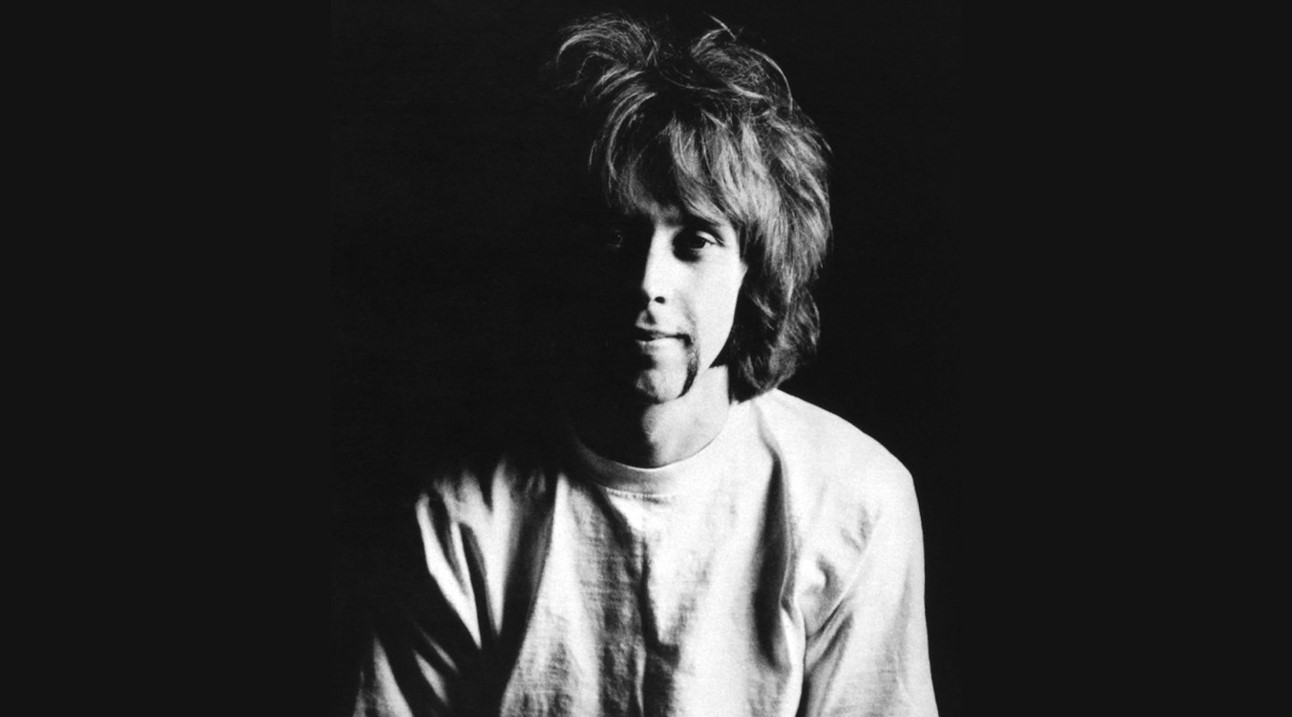
Mental health support was virtually nonexistent for struggling musicians—Skip Spence’s story shows the devastating cost. After drumming for Jefferson Airplane and co-founding Moby Grape, mental illness and substance abuse led to hospitalization, homelessness, and decades of struggle that overshadowed his musical contributions.
His solo album “Oar,” recorded in 1969 during a brief stability period, showcases brilliant creativity flourishing despite overwhelming personal challenges. Lung cancer ended his life in 1999 at 52, his passing receiving little mainstream attention despite his significant contributions to psychedelic music’s development.
2. Bobby Hatfield
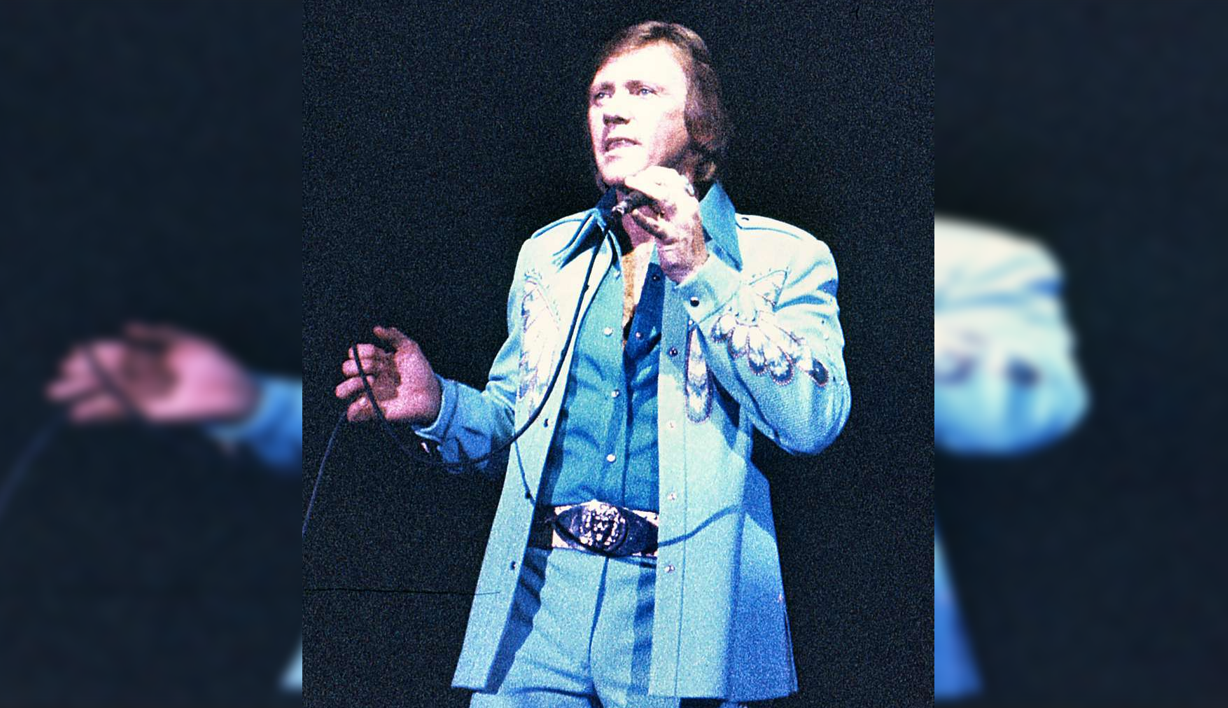
“Unchained Melody” needed a voice from heaven—Bobby Hatfield delivered exactly that. His tenor soared with such angelic precision it seemed to come from another realm entirely, finding international immortality on a performance so definitive it’s become part of our collective emotional vocabulary.
His death on November 5, 2003, at 63 just before a scheduled performance revealed the complex truth behind public perfection. Official findings showed acute cocaine intoxication triggering heart failure, personal demons contrasting sharply with his ethereal vocal gifts that continue soundtracking romantic moments across generations.
1. Jerry Garcia
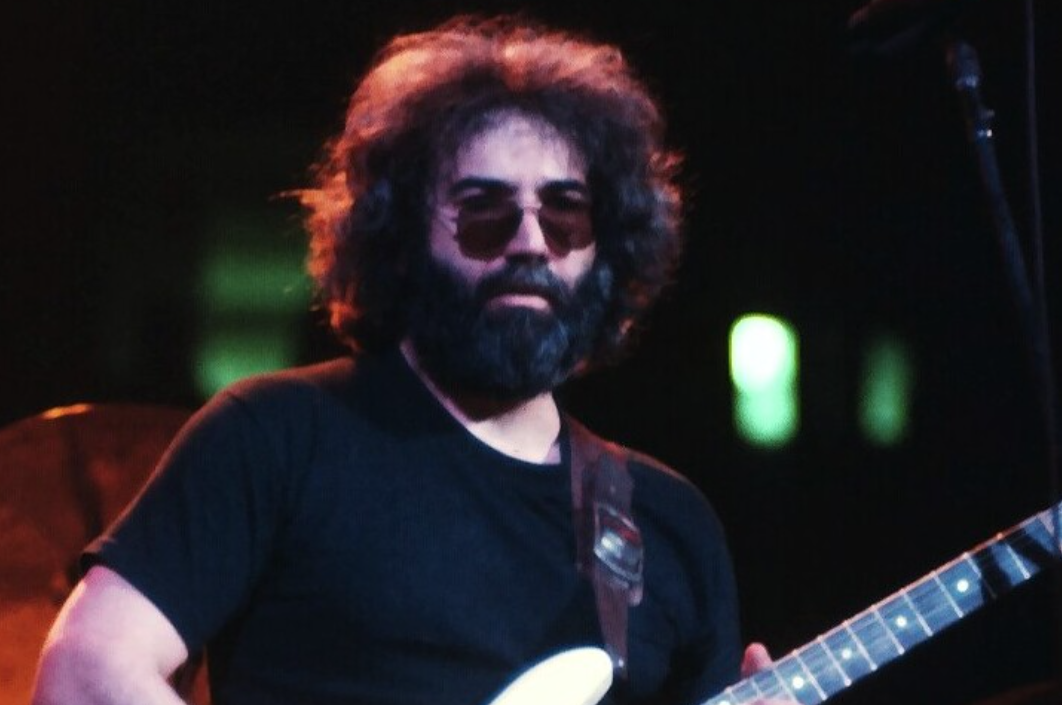
Traditional rock stardom felt meaningless to Jerry Garcia—he chose spiritual leadership through music instead. Less a performer than a musical shaman guiding collective experience, he wove folk, blues, and psychedelia into improvisational tapestries that changed nightly, creating songs like “Ripple” and “Truckin’” that served as philosophical frameworks.
Guitar work focused on emotional communication over technical flash, leading the counterculture spiritually while rejecting conventional leadership roles. A heart attack claimed him on August 9, 1995, at 53, after decades of relentless touring, drug addiction, and diabetes had worn down his physical form but never dimmed his musical vision.







